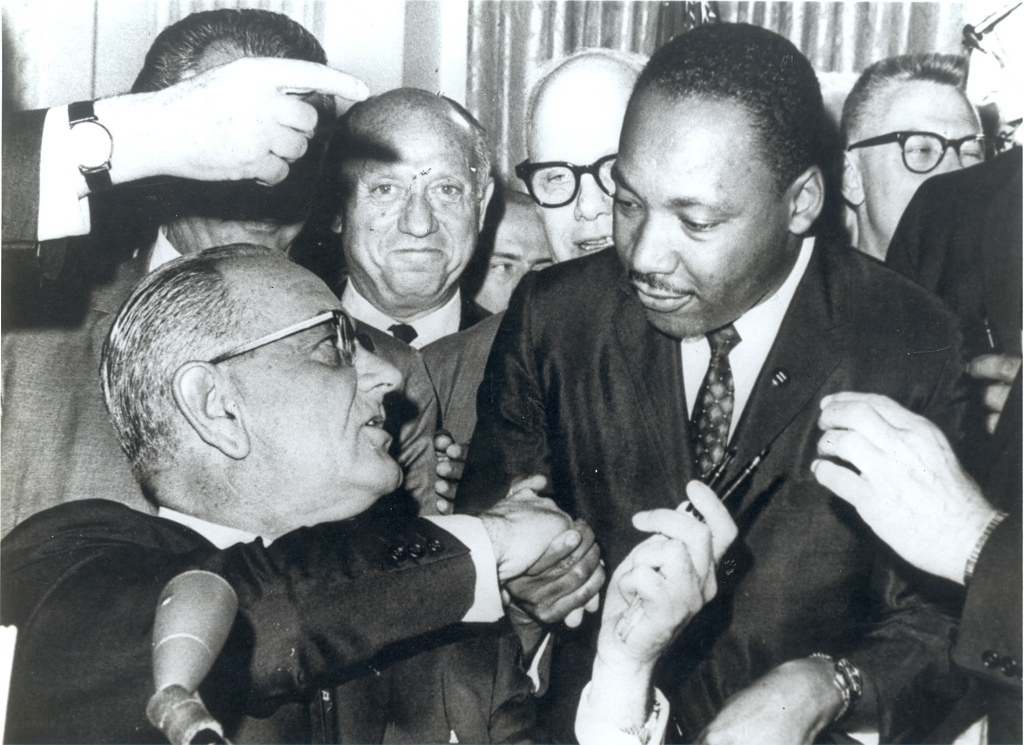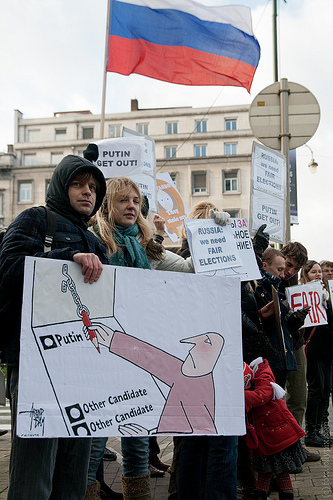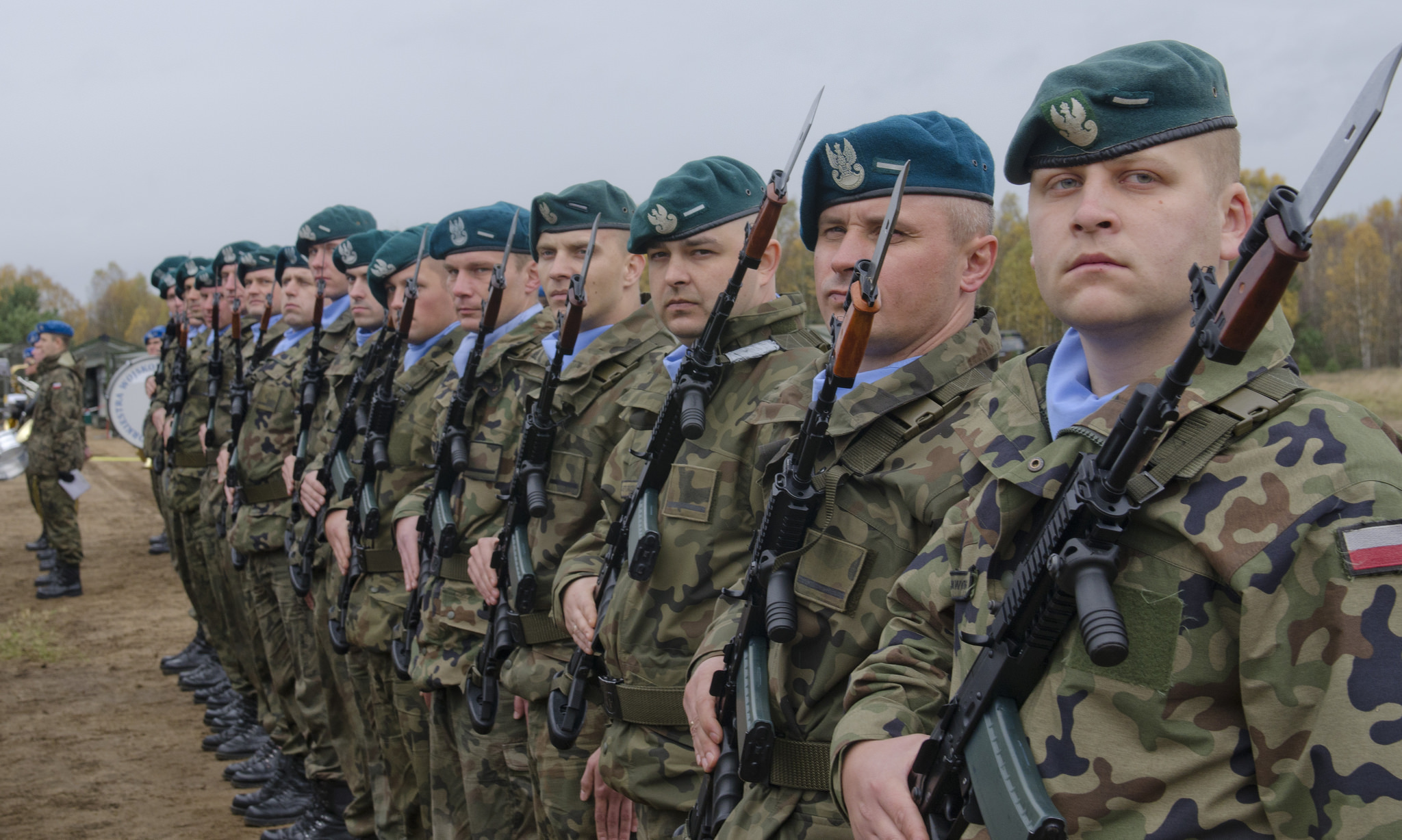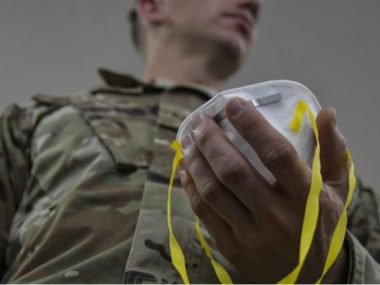By Erica Chenoweth for Denver Dialogues.
In the past week, an awful lot of people have asked me how to gauge whether nonviolent popular movements are actually gaining traction. Generally speaking, a lot of folks have done work on this over the years (see these criteria drawn from Gene Sharp’s work, and Peter Ackerman and Hardy Merriman’s checklist approach). I have my own set of four criteria, which I’ve often cited when asked. It’s worth mentioning them again in one place.
- Size and diversity of participation. The success of mass movements is largely driven by their size. Because of this, an increase in the number and diversity of participants may be an indicator of a movement’s latent potential to succeed. This is particularly true if people who are not ordinarily “activists” begin to participate and if various classes, ethnicities, ages, genders, geographies, and other social distinctions are represented.
- Nonviolent discipline. Every movement that seriously challenges the status quo eventually experiences repression. How the movement responds to repression—whether it maintains its own discipline and order in spite of repression—is a key determinant of the movement’s staying power. Movements that respond to such repression with rioting or street-fighting tend to fizzle out. But movements that respond to such repression with unity, resolve, and discipline often succeed. Nonviolent discipline often requires advance coordination, training, preparation, and decentralization, which are desirable for lots of reasons regardless.
- Flexible & innovative techniques. Kurt Schock’s work tells us that movements need to consistently shift their techniques—particularly switching between concentrated methods like demonstrations and dispersed methods like strikes and stay-aways—in order to succeed. Movements that over-rely on single methods—like protests or rallies—are less likely to win in the end. What I tend to look for, then, is whether a movement seems to be using a variety of nonviolent techniques. In particular, I look to a movement’s ability to shift to lower-risk tactics, like stay-aways, when repression becomes intense.
- Loyalty shifts. If economic and business elites, civil servants, security forces, state media, and other elites continue to enthusiastically support the movement’s adversary, then the mass movement is not yet having profound and observable political effects. However, if erstwhile elite supporters begin to abandon the opponent, remain silent when they would typically defend him, refuse to follow orders to repress dissidents, or drag their feet in carrying out day-to-day orders, the incumbent is losing his grip. Although loyalty shifts from various sectors are important, defection, desertion, or noncooperation by security forces can be especially impactful.
Of course, these four trends are also instructive in terms of how movements prepare for and wage nonviolent struggle.
A few more fun facts from the historical record, drawn from recent work with Maria Stephan and Kurt Schock:
- The average nonviolent campaign takes about 3 years to run its course (that’s more than three times shorter than the average violent campaign, by the way). So these things do not unfold overnight.
- The average nonviolent campaign is about eleven times larger as a proportion of the overall population as the average violent campaign.
- Nonviolent resistance campaigns are ten times more likely to usher in democratic institutions than violent ones. And from 1900-2006, only 50% of democratic countries facing armed campaigns remained democratic in the aftermath. 90% of democratic countries facing nonviolent resistance campaigns remained democratic after the campaign ended.
- Mixing in a little bit of violence by the protesters does not help nonviolent campaigns succeed. Those campaigns that succeed with violent flanks tend to do so in spite of the violence rather than because of it.
- Countries that experience nonviolent resistance campaigns are about 15% less likely to experience a civil war in the aftermath than countries that experience armed resistance campaigns.
What else do you want to know? Write your questions in the comments section below.








11 comments
Good day Dr.Chenoweth
I would like to ask two things
1) How well have non-violent campaigns worked in support of seccession?
2) How well do non-violent campaigns in authoritarian states work when faced with large majorities of the popualtion supportive of the goverment?
With Respect
Konstantinos Travlos, PhD
Assistant Professor of International Relations
Ozyegin Univeristy
Thanks, Konstantinos.
1. In Why Civil Resistance Works, Maria and I found that secession campaigns in general were much less effective than campaigns seeking to overthrow the government or expel a colonial power. Nonviolent resistance was not more or less effective than violent resistance in those cases (i.e. there was no statistically significant difference between them). However, Kathleen Cunningham has recently done a study showing that, in fact, nonviolent action has been more effective than violence in self-determination struggles more generally. In her case she relied on a much larger set of cases we did, since she was interested in all self-determination struggles rather than just those that achieved the minimum threshold of inclusion for the NAVCO data set. See: http://www.kathleengallaghercunningham.com/uploads/4/5/5/8/45589607/efficacy_of_nv_cunningham_may_10_2016.pdf.
2. I don’t have a precise answer to your second question because we were not able to gauge latent levels of support for the movement or the government in the study – an impossible research task. However, we were able to estimate the peak participation in each nonviolent campaign. Nearly all of them featured an incredibly small proportion of the total population – less than 1% – as active participants, although some grew into the 5, 10, or even 20-percent range. Generally I found that no campaign that attracted more than 3.5% of the population failed in the end. And Mark Lichbach speculated in “The Rebel’s Dilemma” that no government could withstand a challenge of 5% of its population. In large countries, that can be millions of people. As such, even if large majorities remain in support the government, practically speaking it is possible that millions-strong campaigns can succeed nevertheless. What we can’t ascertain, of course, is what proportion of the inactive part of the population is supportive of one side or the other, and whether that unexpressed support or sympathy alters the political dynamic. That we just can’t know.
Dr. Chenoweth
Thank you for your answers. Hmmm on the support for the authoritarian goverment, would not last free election (if it exists) electoral support not give something of a handle? Especially since most contemporary authoritarians use a big victory in a free and fair election (as much as such things can be) as the initiating act in their march to autocracy?
With Respect
Konstantinos Travlos, PhD
Assistant Professor of International Relations
Ozyegin Univeristy
I have doubts about the veracity of election outcomes as a proxy for popular support in dictatorships (or soon-to-be dictatorships).
I can understand them. A puzzle to resolved!
Thank you for taking the time to write this post, and for taking the time to answer my questions.
Konstantinos Travlos, PhD
Assistant Professor of International Relations
Ozyegin Univeristy
Dr, if you’re still following this thread, I wonder what variables may be unaccounted for in the study. One commentator elsewhere asked if the statistics may be an artifact of the existing political terrain rather than decisions made by the campaign. If most of these non-violent movements take place in relatively less-repressive regimes, or where the goals are modest enough to be accommodated by the existing structure, then they would presumably have a high success rate. By contrast, if movements that have greater demands or take place in regimes quick to respond to peaceful action with violence also face the most challenging prospects, then that would depress their success rate when, having been deprived of all non-violent options, they resort to violence in a last-ditch effort to avoid being smothered out of existence. To compare, diplomacy has solved many more international conflicts than war, but it completely failed to stop Nazi Germany and Imperial Japan from pursuing their aims, despite many attempts at doing so.